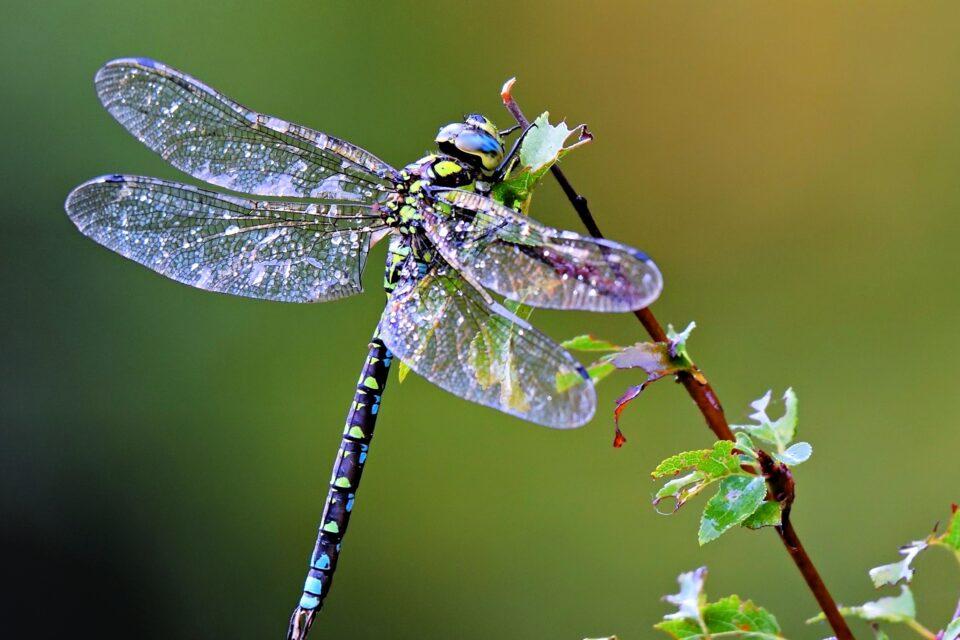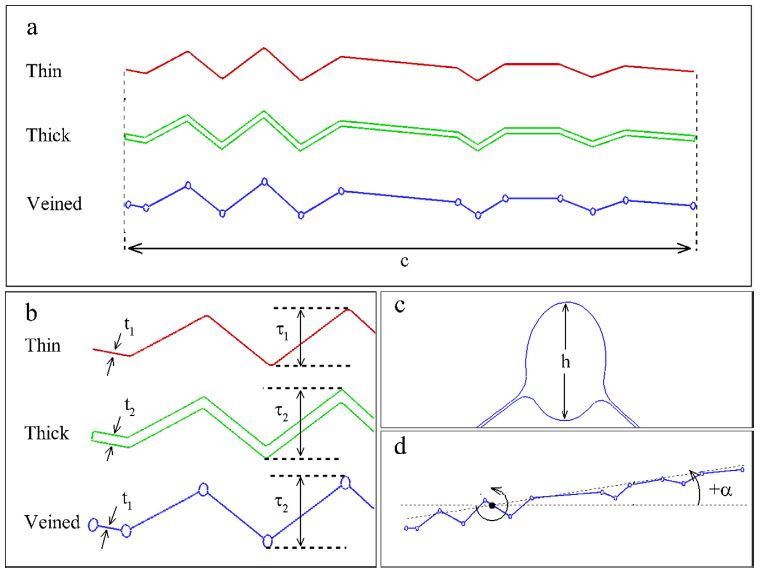Bio-inspired Aerodynamics - آزمایشگاه شبیهسازی دینامیک شارهها و علوم گرمایی cfdtherms
Bio-inspired Airfoil
The flight of insects, especially dragonflies, has fascinated scientists with a particular focus on the investigation of their flight mechanism to design airfoils with better aerodynamic performance. Insects benefit from single or tandem flapping wing configurations with a corrugated airfoil section, which are the main origins of their efficient aerodynamic and maneuver performance.
Bio-inspired airfoils represent a fascinating intersection of nature and engineering, drawing inspiration from the aerodynamic features found in various organisms. These airfoils mimic the shapes and structures of wings from birds, insects, and even marine animals, which have evolved over millions of years to optimize flight efficiency and maneuverability. By studying the unique adaptations of these creatures, engineers can develop airfoil designs that enhance lift, reduce drag, and improve overall performance in various applications, including aviation and renewable energy technologies.
The design process for bio-inspired airfoils often involves advanced computational fluid dynamics and biomimetic principles, allowing researchers to simulate and analyze airflow patterns around different shapes. For instance, the serrated edges of certain bird wings can be replicated to create airfoils that delay flow separation, thereby increasing lift at lower speeds. Additionally, the flexible wing structures observed in some species can be integrated into airfoil designs to enable dynamic adjustments during flight, further enhancing efficiency and control. This innovative approach not only leads to improved performance but also contributes to the development of more sustainable aviation solutions.

The application of bio-inspired airfoils extends beyond traditional aviation, finding relevance in the design of wind turbine blades and other renewable energy systems. By incorporating features inspired by nature, such as the streamlined shapes of fish fins or the intricate patterns of insect wings, engineers can create more efficient energy-harvesting devices. These advancements not only promise to increase energy output but also aim to minimize environmental impact, aligning with global efforts to transition towards greener technologies.
As research in this field continues to evolve, the potential for bio-inspired airfoils to revolutionize both aviation and renewable energy remains significant, highlighting the importance of interdisciplinary collaboration between biology and engineering. In the framework of numerical simulation of airflow around a pitching corrugated bio-airfoil, it is required to study the effects of longitudinal veins topology on the aerodynamic characteristics of bio-airfoils.



